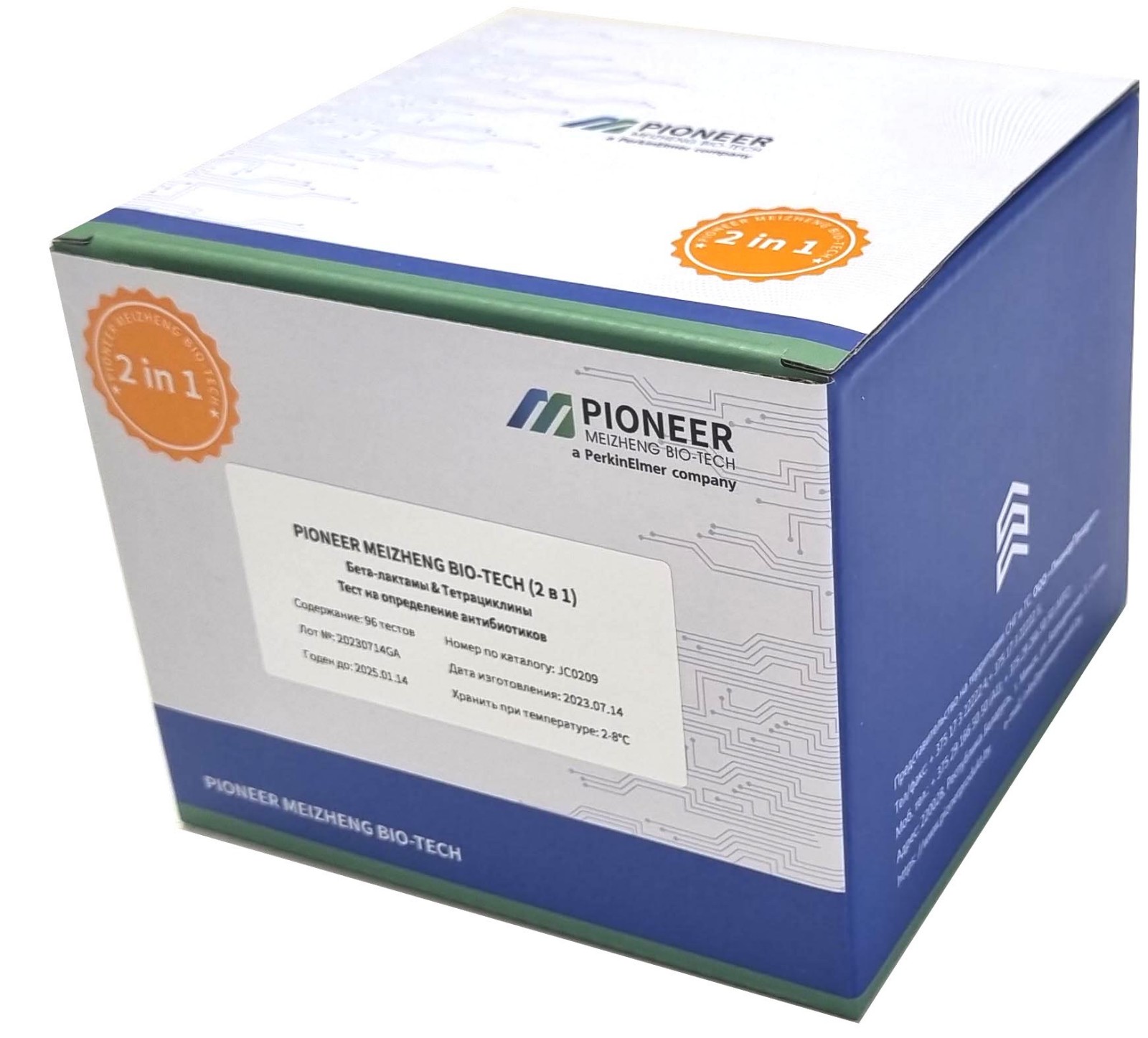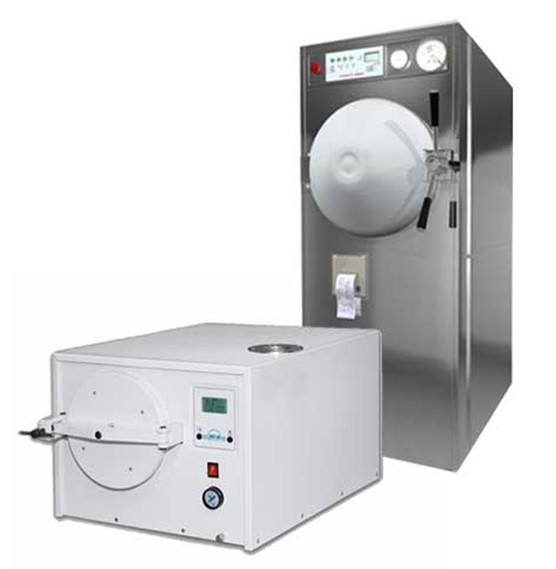Russian space quails will hatch from orbital eggs on Earth this time

 PIONEER MEIZHENG BIO-TECH (5 in1) JC1165 / Rapid tests for the determination of the residual amount of halofuginone, flavomycin, novobiocin, flunixin, dexamethasone / prednisolone in milk, whey
PIONEER MEIZHENG BIO-TECH (5 in1) JC1165 / Rapid tests for the determination of the residual amount of halofuginone, flavomycin, novobiocin, flunixin, dexamethasone / prednisolone in milk, whey Rapid tests PIONER 5 in 1 for the determination of sulfonamides, tylosin, tilmicosin, lincomycin, erythromycin, fluoroquinolones
Rapid tests PIONER 5 in 1 for the determination of sulfonamides, tylosin, tilmicosin, lincomycin, erythromycin, fluoroquinolones
The purpose of this study is to study the embryonic development of Japanese quails with the identification of specific developmental features that are caused by space flight factors, the Institute of Biomedical Problems of the Russian Academy of Sciences reports in a release.
The experiment was carried out in the Science module for 15 days. Japanese quail eggs were placed in an incubator that created conditions of both artificial gravity and weightlessness.
From 1990 to 1999, eight experiments were conducted on board the Mir station to study the embryonic development of Japanese quails with the hatching of chicks.
Some "space" embryos had pathologies in the development of individual organs and systems, and the chicks that hatched were unable to adapt to conditions of weightlessness. A new experiment will reveal the cause of deviations in the development of quails in zero gravity conditions.
“The experiment is new. On Earth, of course, everything was worked out, but it’s difficult to foresee the nuances. In general, there are a lot of surprises. And the very implementation of the “Quail” experiment requires precision execution, attention and patience. Quail eggs are much smaller than chicken eggs, the maximum size is about 3 cm. In conditions of weightlessness, they had to be carefully examined, that is, examined for defects in the protective shell - the shell, since any missed crack in it, especially in the case of eggs from the centrifugation group , will lead to rupture of the shell, release of the contents into the equipment volume and its failure. Further, placing the eggs in both sections of the incubator, especially in the centrifuge, required significant skills in precision work under weightless conditions,” said the direct executor of the experiment on the ISS, pilot-cosmonaut Oleg Kononenko.
The embryological material recorded on board the Russian segment of the ISS at certain stages of development will now be subjected to laboratory analysis upon delivery to Earth. In the future, scientists will compare experimental data and announce the results approximately by the fall of this year.
Read together with it:
- Новые горизонты сотрудничества: Россия и Аргентина обсуждают совместный доступ на рынки продукции животного происхожденияОдной из ключевых тем конференции стал контроль за производством ветеринарных препаратов в Аргентине. Аргентинская сторона представила свою систему контроля, включающую Управление ветеринарных продуктов и Управление лабораторий животных. Эти организации обеспечивают высокие стандарты безопасности, так как каждая производственная единица подвергается проверкам каждые 3-5 лет и зарегистрирована в ин...
- Производство яиц растёт в Липецкой областиЗа девять месяцев 2025 года в хозяйствах всех категорий региона получено 702,4 млн яиц. Это на 8 % больше, чем за аналогичный период прошлого года. Основным производителем и поставщиком пищевого куриного яйца в Липецкой области является сельхозпредприятие, две площадки которого расположены в Липецком округе и Грязинском районе. В день там получают порядка 1,6 млн штук яиц. За три квартала текущего...
- Матричные РНК-вакцины от COVID продлили жизнь тяжелых раковых больныхМатричные РНК-вакцины против коронавируса продлили жизнь пациентам, больным раком в самой тяжелой, четвертой стадии, сообщает The Washington Post. К такому выводу пришли исследователи Онкологического центра имени М. Д. Андерсона Техасского университета и Университета Флориды. «Эти данные невероятно интересны, но они должны быть подтверждены в ходе третьего этапа клинических испытаний», — заявил од...
- Increasing egg production of laying hens in Kabardino-Balkaria: successes and prospectsThe increase in chicken population has been a key factor in this growth. Currently, the total number of laying hens in the republic has reached 2.3 million, a 14% increase over last year. This demonstrates that local farmers are actively expanding their farms by implementing modern technologies and poultry care methods. The main reasons for increased egg production include: Improved feeding: Farme...
- The quarantine for farm animals due to leukemia has been lifted in the village of Gusevo.As of October 21, 2025, the restrictions were lifted due to an improvement in the clinical situation on farms. Specialists conducted the necessary laboratory tests and treatment procedures, confirming the absence of infected animals. As a result, livestock owners can now freely sell MILK and MEAT , as well as transport animals outside their communities.......
- Indonesia: New rules to protect farm animalsKey Provisions of the New Regulation The new draft law , currently being reviewed, sets ambitious goals. it will cover all categories of animals—from farm animals to pets, service animals, and laboratory animals. The primary focus is on implementing a certification system for farmers who are committed to more humane and sustainable farming practices. This will not only improve animal welfare but a...
- Golden Autumn 2025: Volgograd Region Expands CooperationAt the 27th Russian Agro-Industrial Exhibition "Golden Autumn 2025," the Volgograd Region signed eight cooperation agreements. The Volgograd Region Committee on Agriculture and the Russian self-regulatory organization of audit unions of agricultural cooperatives, the Agrokontrol Union, signed a bilateral agreement. The parties will jointly address issues related to the development of the region's ...



























































